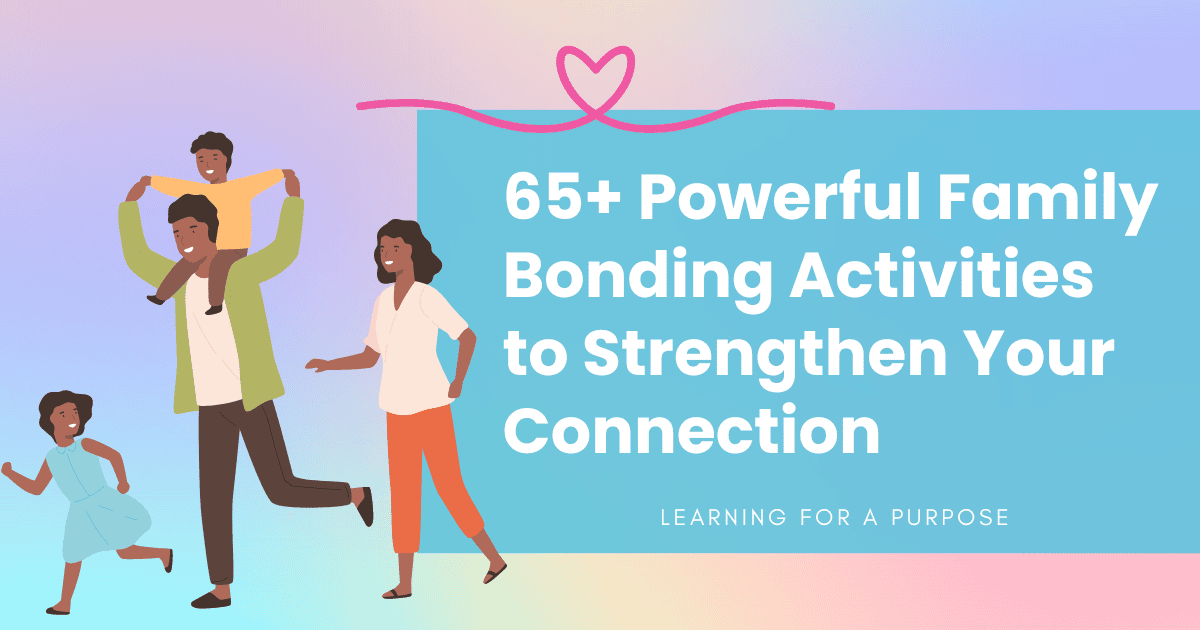In an era where time feels increasingly scarce and digital distractions compete for our attention, shared activities and family bonds have never been more important—or more endangered. At Remin.site, we believe memories, values, and love should not fade. They should be lived, cherished, and passed on. In the sacred space of family, the simplest moments of togetherness become our most enduring legacies.
Why Shared Time Matters in Today’s Families
Whether you’re part of a nuclear unit or a multigenerational household, carving out intentional time together is one of the most powerful tools for deepening connection. But too often, work demands, school schedules, and social media get in the way.
“The best inheritance a parent can give to his children is a few minutes of their time each day.” – O. A. Battista
Shared moments offer more than just companionship—they build emotional security, resilience, and an irreplaceable sense of belonging. It’s in these moments that we teach values, share stories, and anchor the family unit through joy, empathy, and laughter.
The Psychology Behind Family Bonding Through Activities
Emotional Security and Social Learning
Family time fosters the kind of environment where trust and compassion grow naturally. Psychologists agree that children who spend time with engaged parents are more emotionally intelligent and less prone to anxiety. It’s during these bonding moments that they learn how to:
- Communicate openly
- Resolve conflicts respectfully
- Express emotions constructively
- Value connection over competition
These skills aren’t taught through lectures—they’re absorbed through shared experiences, whether it’s cooking dinner together or tackling a jigsaw puzzle on a rainy afternoon.
The Role of Routine and Rituals
According to the American Psychological Association, routines and rituals give children a sense of structure and predictability. Regular shared activities—like Sunday pancake breakfasts or evening walks—build a quiet, consistent rhythm of connection that comforts and stabilizes.
Rituals also become part of your family’s identity. They’re the stories your children will one day tell their own children. They’re the little details that transform ordinary days into unforgettable memories.
Multigenerational Households: Bridging the Gap with Shared Experiences
Today, more families are living under one roof across generations. Far from being a burden, this can be a profound opportunity to deepen understanding and unity across age groups. According to Pew Research, nearly 1 in 5 U.S. households are multigenerational—a trend that reflects shifting economies, cultures, and values.

Examples of Cross-Generational Activities
Some of the most powerful bonding experiences occur between grandparents, parents, and children doing things together. Consider the following:
- Baking traditional family recipes
- Working together in a garden
- Storytelling or creating a family oral history
- Doing arts and crafts or assembling family scrapbooks
These activities not only build memories but serve as vessels for transmitting values, culture, and a shared narrative of identity.
Cultural Traditions That Connect Generations
Celebrating holidays and cultural events together can reinforce a family’s spiritual and cultural roots. Whether it’s honoring Tet, Thanksgiving, or Diwali, these shared celebrations remind us of who we are—and where we come from.
These moments aren’t about perfection; they’re about presence. They are the glue that binds one generation’s wisdom to another’s energy and curiosity.
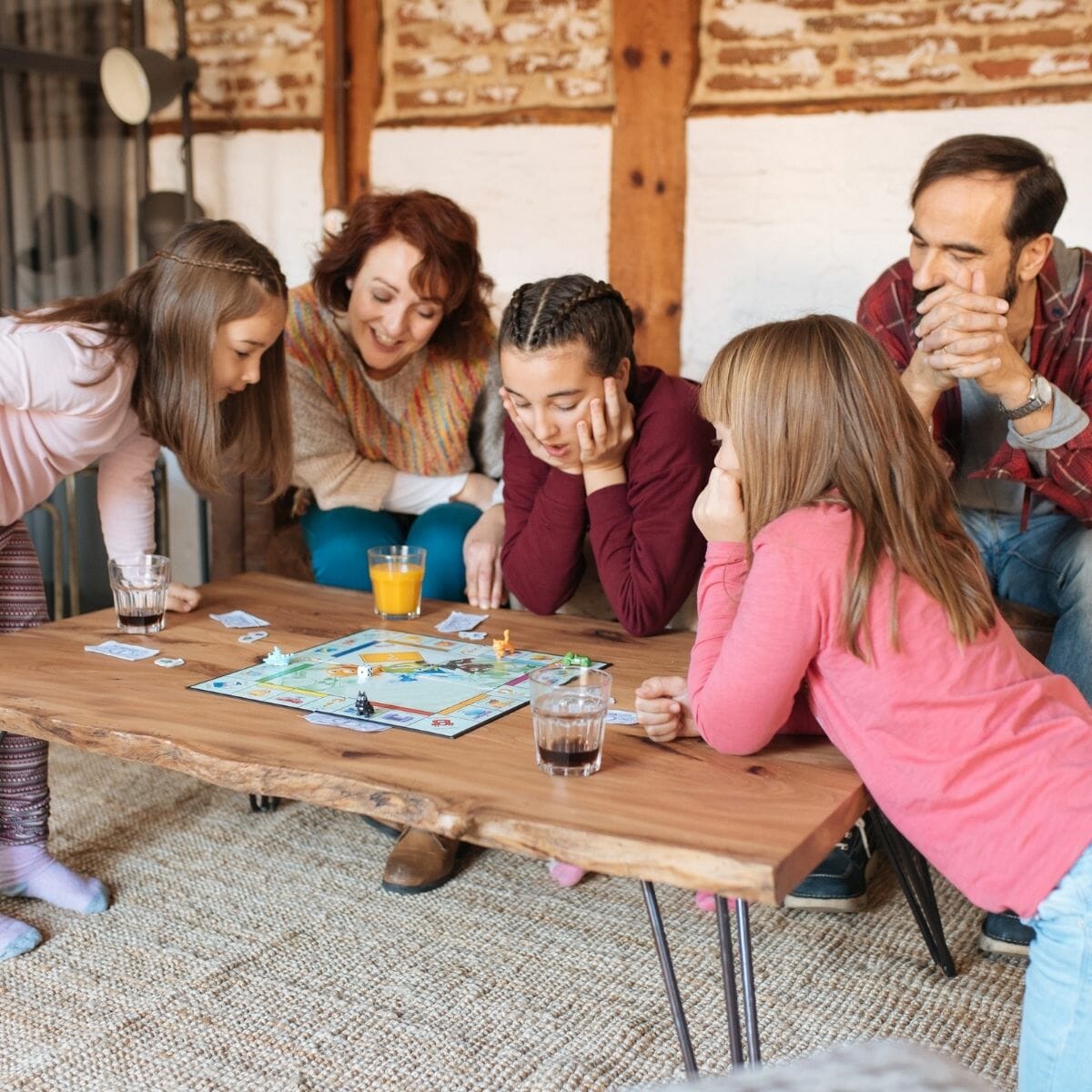
The Benefits of Engaging in Family Time Together
Communication and Emotional Intelligence
Engaging in consistent shared time opens channels of communication that are often closed in day-to-day rush. Through board games, storytelling, or even cleaning together, family members naturally begin to open up and express themselves more freely.
As Harvard University’s Center on the Developing Child explains, emotionally secure children are better equipped to face stress, adapt to change, and maintain healthy relationships throughout life. And these capacities are best nurtured through meaningful, responsive interactions at home.
Boosting Mental and Physical Health
Shared activities reduce screen time, encourage movement, and help regulate emotional well-being. A walk in the park, a shared meal, or gardening together releases endorphins and oxytocin—known as the bonding hormone—which improves mood and trust.
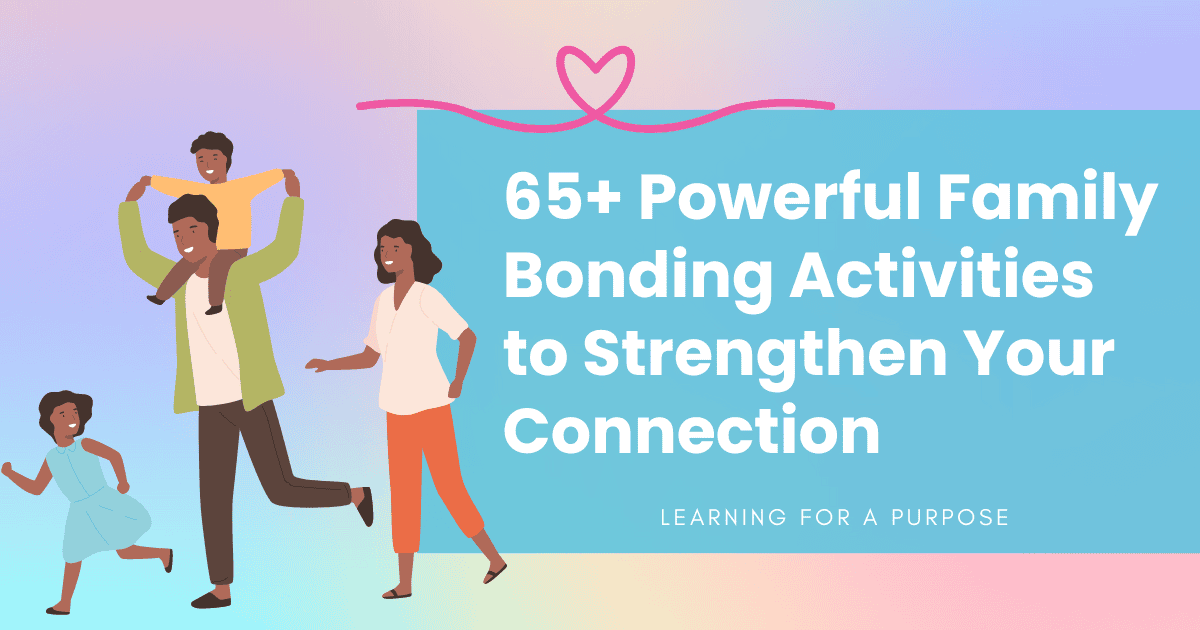
“Families that play together, stay together. But more than that, they grow—together.”
From boosting children’s academic performance to reducing elder isolation, the benefits of investing in shared time ripple far beyond the moment itself.
Practical Shared Activities That Strengthen Family Bonds
Everyday Routines
Connection doesn’t require elaborate plans. Some of the most powerful bonding happens through small, everyday activities:
- Making meals together
- Reading bedtime stories
- Running errands as a team
- Cleaning up while sharing music and laughter
These moments remind everyone that they are seen, valued, and part of something bigger than themselves.
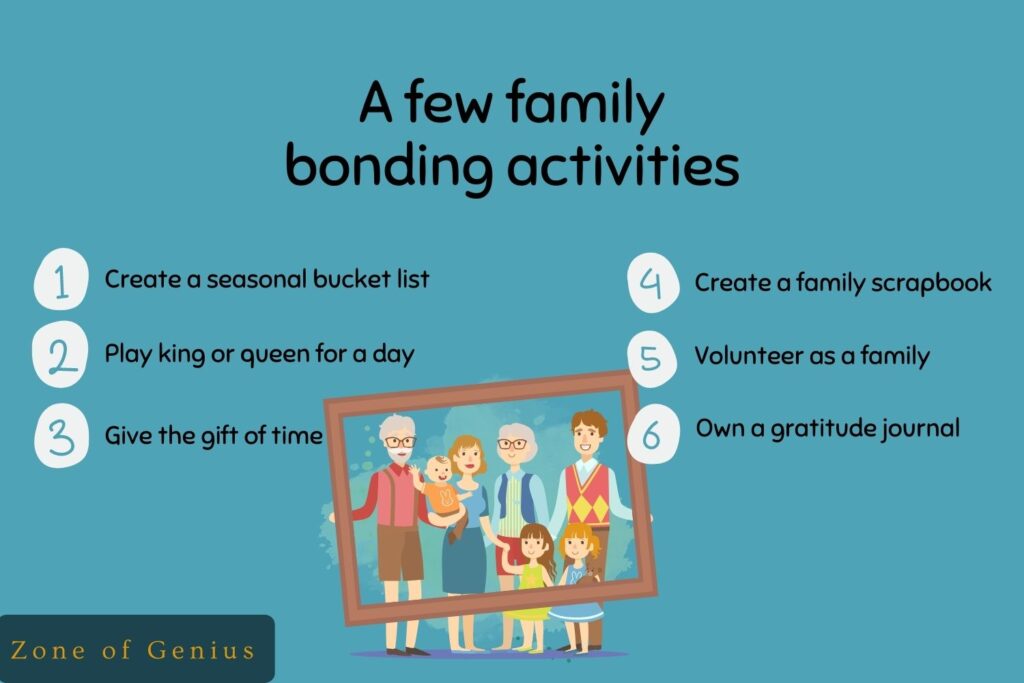
Seasonal and Holiday Traditions
Holidays are rich opportunities to strengthen family bonds through shared rituals. They bring people together around stories, symbols, and feelings that transcend the everyday.
- Decorating the home for seasonal events together
- Preparing special family recipes
- Hosting annual storytelling nights or memory-sharing dinners
- Creating time capsules to be opened in the future
These traditions don’t just mark time—they create legacies. At Remin.site, we help families preserve these memories digitally, ensuring they’re never forgotten but become part of your family’s eternal story.
Volunteer or Community Engagement
Doing good together deepens empathy and builds a shared sense of purpose. Whether it’s participating in a local food drive, cleaning up a park, or supporting a cause, these activities show younger generations that love extends beyond the walls of home.
Try projects like:
- Making care kits for the homeless
- Planting trees as a family
- Hosting a neighborhood donation drive
Serving others side-by-side strengthens not just your family—but your community. It helps children develop compassion, gratitude, and a strong sense of identity rooted in values.
Digital Age, Real Connection: How Tech Can Support Family Bonding
Technology isn’t the enemy of bonding—disconnection is. Used intentionally, tech can offer unique ways to connect across time and space.
Here are a few ways tech can enhance family connection:
- Create a shared digital photo album or scrapbook on Remin.site
- Host a weekly video call with distant relatives
- Play online trivia games or collaborative story games
- Record a family podcast or interview series to capture memories
At Remin.site, we’ve built a platform where families can store and share memories, voice messages, handwritten notes, or even legacy letters—to be passed on from generation to generation. Because death is not the end. It’s the beginning of memory eternal.
Expert Tips for Making Family Time Consistent and Meaningful
Consistency turns fleeting moments into lasting habits. Here’s how to build a rhythm of togetherness into your family’s life:
- Schedule weekly family time—make it as non-negotiable as a doctor’s appointment.
- Rotate leadership—let each family member plan the activity for the week.
- Respect different energy levels—don’t force connection; foster it gently.
- Make space for quiet presence—not all bonding needs conversation. Sometimes, sitting together is enough.
- Use digital tools wisely—don’t just scroll together. Create, reflect, and preserve your story.
Building strong family bonds takes intention. But the reward? A connected, resilient, loving unit that will endure for generations to come.
Shared Activities and Family Bonds: Lasting Connections Through Intentional Time
In the end, shared activities and family bonds are less about the activity itself and more about the message it sends: “You matter. We belong. This is our story.”
Whether it’s a late-night conversation, a baking day gone wrong, or a shared walk in silence—these moments become the pages of your family’s living legacy. At Remin.site, we invite you to preserve those pages. Because what we do with love never truly dies—it echoes.
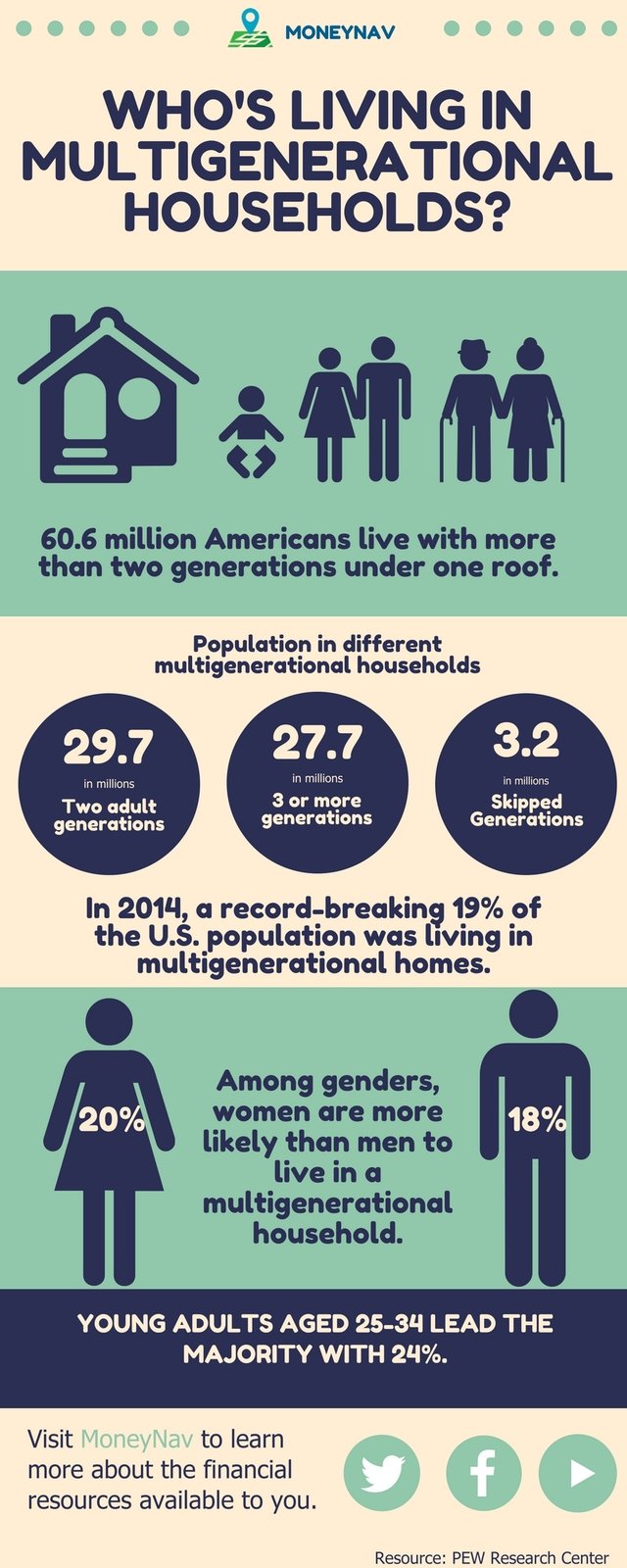
FAQs About Family Bonding Through Shared Activities
Q1: How often should we have shared family activities?
Aim for at least once or twice a week to begin with. Even 30 minutes of focused time can make a difference. Consistency matters more than duration.
Q2: What if our schedules don’t align?
Try asynchronous bonding—leave messages, photos, or voice notes on a platform like Remin.site to stay emotionally connected even if you’re not physically together.
Q3: How do I engage teenagers in family time?
Start with their interests. Watch what they love, cook what they crave, and listen without judgment. The bridge starts with presence, not pressure.
Q4: Can digital memories really replace real-life bonding?
Nothing replaces in-person moments—but digital tools can extend and preserve them. Voice messages, shared journals, and memory capsules ensure your story continues long after the moment ends.
Further Reading & Sources:
- Pew Research: Multigenerational Living
- Psychology Today: The Importance of Family Bonding Time
- Harvard: Center on the Developing Child
- APA: The Power of Family Rituals
At Remin.site, we believe time spent together is never wasted—it’s immortalized. Start preserving your family’s legacy today.
